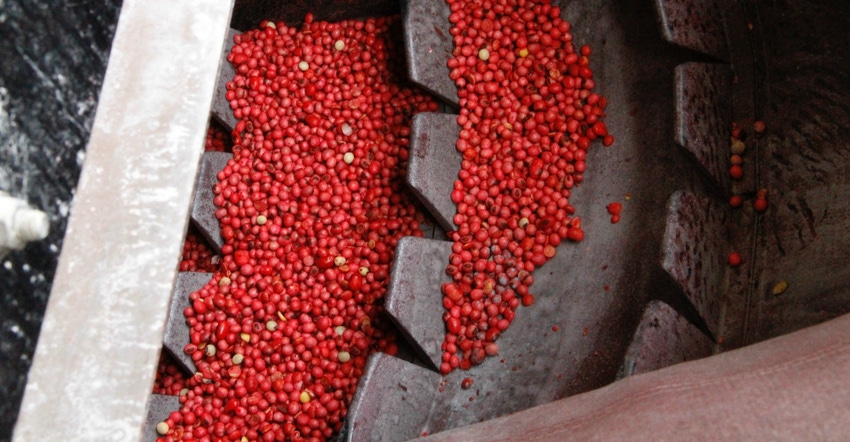March 22, 2019

Historically, corn growers have made it a priority to get their planting done as early in the season as possible to push their yield potential. Recent evidence suggests that soybean growers planting earlier could also see higher yields.
“Yield benefits are tied to the planting date, just like corn,” says Mark Storr, BASF senior technical service representative for Iowa. “Many growers understand that to maximize corn yield we need to plant earlier in the season, but it’s something to also consider for soybeans.”
Benefits of planting beans early
Early-planted soybeans use more solar radiation during critical growth phases, enabling an increase in the number of main stem nodes for more plentiful pod development. This ultimately results in a potentially higher yield.
“If you plant early, you will have more vegetative growth and the plant will grow taller, therefore it will produce more nodes,” Storr says. “With a taller plant, there’s more places for the plant to set blossoms and potential pods, becoming a larger factory.”
If planting late, the influence of sunlight exposure on the plant causes those plants to kick into reproductive activities more quickly, and this slows the vegetative production, Storr says. “The later-planted beans will be shorter, and they will produce fewer nodes.”
There are possible hazards with early planting. Early-planted soybeans do face unique risks such as potential exposure to fungal infections while the soil is still damp and cool. Cold soil temperatures can also slow root development and make soybean stands more susceptible to soil-borne pathogens.
Seed treatments minimize risk
“There’s some recent research saying soybeans are fairly cold-tolerant belowground, especially when we use a seed treatment on them,” Storr says. “For early planting, you could potentially be looking at a soil temperature around 46 degrees F, so you’ll want to use a seed treatment.”
If the soil conditions are favorable for early planting in Iowa, using a seed treatment can provide protection, not only from cool soil temperatures, but also from fungal organisms and pests that are generally responsible for harming early-planted soybeans.
One disease that thrives in cool, damp soils and poses a significant threat to soybean yields is sudden death syndrome. To combat this disease, soybean growers have historically considered delaying planting, potentially sacrificing yield. Today, soybean growers can combat SDS as well as nematodes by using a seed treatment like ILeVO, giving them the flexibility to plant earlier and maximize yield potential, Storr says.
Looking ahead to the 2020 growing season, BASF will offer growers a new way to kick-start their season earlier and minimize the early-season planting risks. The new seed treatment is called Obvius Plus. With unique four-way disease protection against key soilborne pathogens such as phytophthora, pythium, fusarium and rhizoctonia, it will provide disease control and early-season stress tolerance, Storr says. “This product will help ensure your crop will have the protection it needs during early planting conditions and beyond.”
To learn more about seed treatment solutions like Obvius Plus and ILeVO, talk to your local BASF representative or visit agproducts.basf.com.
Source: BASF, which is responsible for the information provided and is wholly owned by the source. Informa Business Media and its subsidiaries aren’t responsible for any of the content contained in this information asset.
You May Also Like




